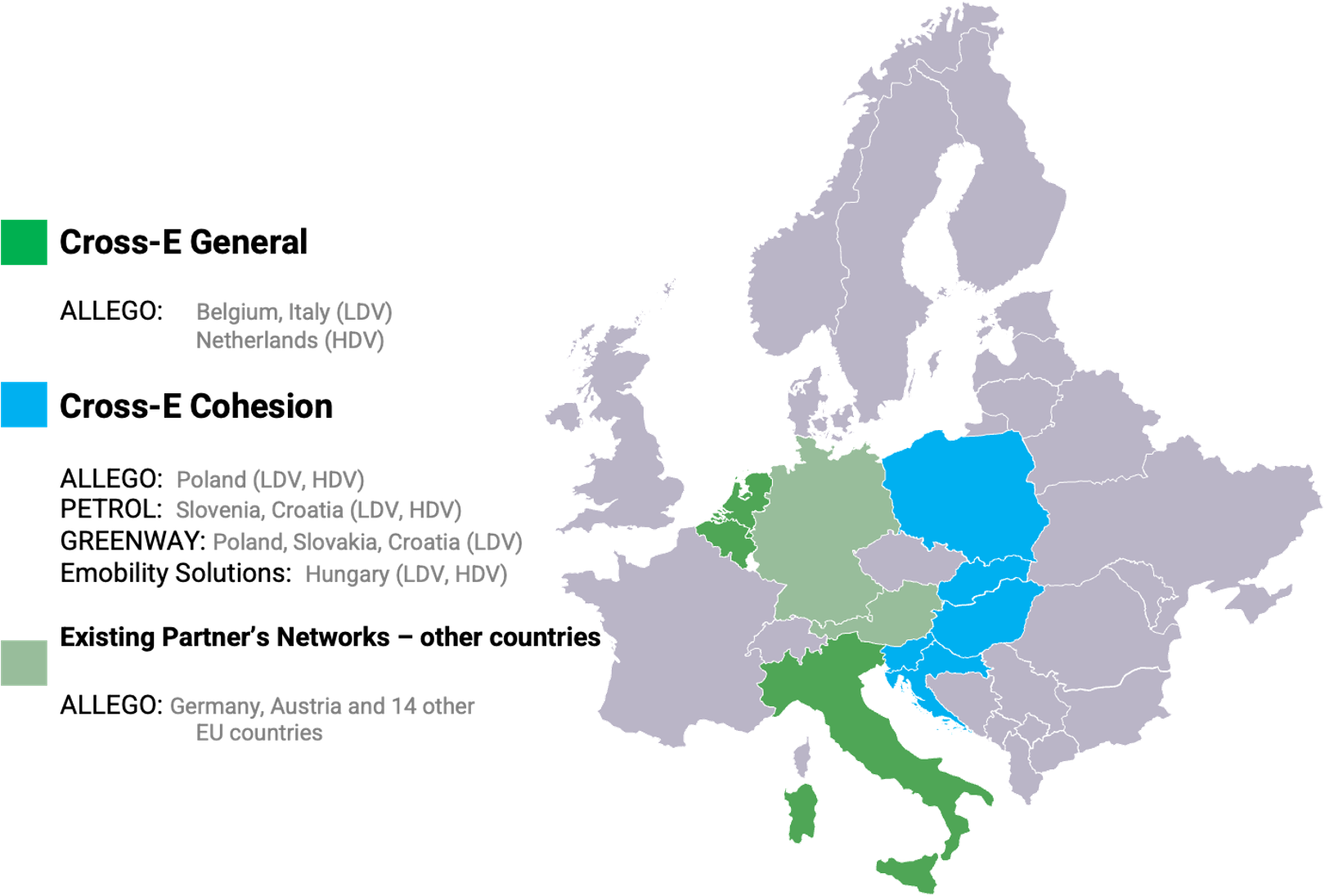Sign up for daily news updates from CleanTechnica on email. Or follow us on Google News!
Suddenly, the words on the lips of every auto executive are “plug-in hybrid.” GM CEO Mary Barra said earlier this year that her company expects to begin offering plug-in hybrid models to cope with disappointing sales of electric cars. That’s curious, because until very recently, GM only offered one electric car, the Chevy Bolt. The Lyriq was slow out of the gate. The Chevy Blazer EV and Equinox EV were delayed, and the Chevy Silverado EV was years away from production. Buick dealers have never had any EVs to sell in the US and future Cadillac EVs other than the Lyriq are still years away from production.
So, how GM could know there was a slowdown in EV sales is hard to figure. The Bolt was actually selling quite well when General Motors decided to kill it off without have a replacement model ready. Is there anyone at GM who knows anything about product planning? Because it sure doesn’t seem like it. Through the years, the company has done this over and over again — take a car like the Chevy Malibu that is selling reasonably well and shut it down. It’s like there is some corporate schizophrenia at GM headquarters, with various parts of the organization at war with other parts. The abrupt changes in direction are baffling to outside observers.
Plug-In Hybrids Coming From GM
This week, Barra told Detroit News that GM was “timing the launches to help us comply with the more stringent fuel economy and tailpipe emission standards” that are set to kick in later this decade. To comply with those stricter emissions standards, GM will begin rolling out new PHEVs in 2027, Barra said, according to a report by Autoblog. General Motors was one of the first companies to announce it would transition to battery electric cars, but now it is pulling back on that plan. It is in good company. Both Volkswagen and Mercedes have announced similar recalibrations of their electric car plans recently. Although, the news from Mercedes is a bit ambiguous, since it refers to “electrified internal combustion engines,” whatever they are. Maybe something got lost in translation.
At CleanTechnica, we have consistently said the sorry state of EV charging infrastructure in America is one of the major reasons why some customers are reluctant to make the switch to an electric car. Manufacturers like Ford and General Motors are requiring their dealers to install fast chargers, but it’s hard to see how that solves the problem. People are not going to get off the highway and drive miles on city streets to find a dealer with a charger. That idea is, frankly, ludicrous.
The truth is that auto manufactures have consistently failed to build the charging infrastructure they all know is essential to getting people to buy EVs, relying on third parties to do the heavy lifting for them. Then they have the nerve to spread misinformation about how nobody wants to buy an electric car when really the problem is that no one except Tesla is serious about making it simple and convenient for people to charge them after they drive one off the lot.
Barra at least has the decency to acknowledge that lack of charging infrastructure is an issue, not the she plans to do anything about it. “We do see that hybrids will be part of the solution. How long hybrids will be part of the solution depends on how quickly we get a robust charging infrastructure.” And what did she have to say about GM making that robust charging infrastructure available? What, Mary? Speak up please. We can’t hear you.
Sam Abuelsamid, an auto industry analyst who is always happy to provide a quote, told Detroit News the GM timeline might seem leisurely, but it allows the company to develop models that align with the needs and desires of buyers. “Ideally, they would probably like to have it sooner, but from a practical standpoint, they’ve got to design it (PHEV tech) into the vehicles … and it’s got to align with vehicle program timing.”
What Happened To The GM Voltec Powertrain?

What a load of Grade A horse puckey, Sam. GM was one of the first major automakers to offer a true plug-in hybrid — the Chevy Volt — that was more than a compliance car. (The original Audi e-tron had a battery-only range of around 10 miles. What a joke.) The Volt had a battery-only range of 55 miles before the gasoline engine kicked in. In fact, the engineers at GM anticipated the car could go for long periods of time without ever needing the engine if people actually bothered to plug their cars in, so they programmed the engine to fire up every three months or so just to keep all the oily bits inside properly lubricated. We have heard from CleanTechnica readers who own a Chevy Volt that their annual consumption of gasoline was less than 20 gallons. That’s for an entire year of driving!
I got to test drive a Volt for a week in 2016 and was positively smitten with the car. It was smooth and powerful and a joy to drive. I actually took it to an autocross and gave several petrolheads test drives in it. Every one of those committed gearheads was impressed by how fast the car was and how well it handled. The Volt was a great car, so of course GM, doing what GM always does, killed it off without offering a replacement. See what we mean about schizophrenia in the board room?
And what did GM do with the Voltec technology that went into the Volt? Nothing. The company invested a lot of money to create the equivalent of the Prius Prime years before Toyota thought to do so and then threw it all away. GM could have slipped the Voltec system into the Cruze, Malibu, or Impala. It could have made it available in its midsize or full-size pickup trucks. It could have made it an option for any of the many small, medium, and large SUVs it manufactures. It did none of those things.
Instead, GM let the Voltec package sit on the shelf, untouched, for 5 long years. It could have developed it further but chose not to. So, instead of having competitive, world class plug-in hybrids available now, it will be three years before the new PHEVs from GM are ready. By then, the PHEV craze will probably be over and electric cars will be all the rage. How a major manufacturer can always have the wrong products at the wrong time is a mystery. How Mary Barra gets to keep her job after making so many mistakes over and over again is also a mystery.
The Takeaway
It is fashionable today to scream about government overreach, but the evidence suggests if it were not for regulations like the ones governing tailpipe emissions, GM and its fellow automakers would never produce automobiles designed with the climate crisis in mind. Now we have GM saying it is going to make plug-in hybrids starting three model years from now, which begs the question: why do we need to wait that long? Did no one at GM anticipate that there might be a business case for PHEVs, one that might allow the company to put technology it had already perfected to good use? The answer is obvious.
Have a tip for CleanTechnica? Want to advertise? Want to suggest a guest for our CleanTech Talk podcast? Contact us here.
Latest CleanTechnica.TV Video
CleanTechnica uses affiliate links. See our policy here.




